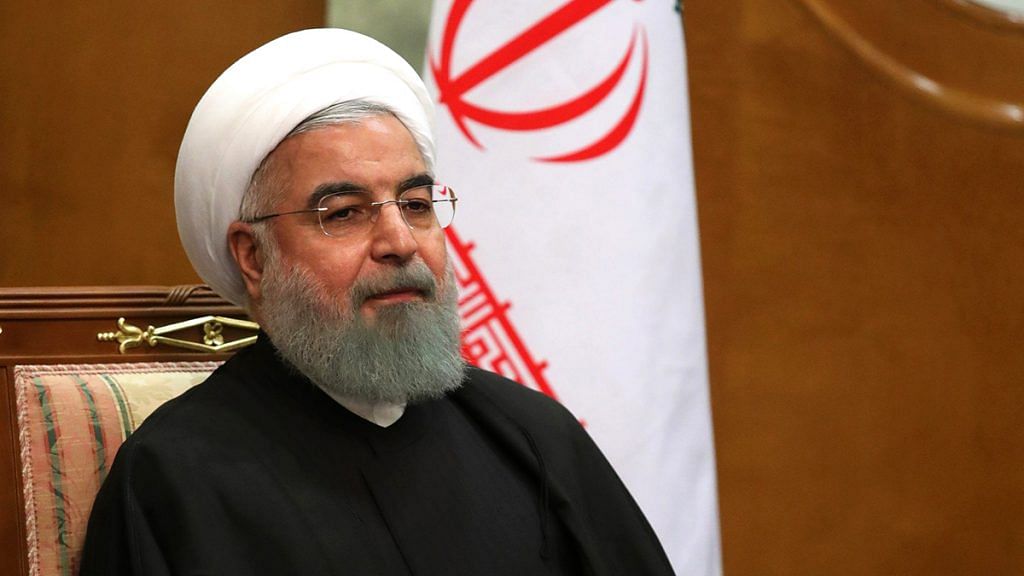New Delhi: Over the past few months, the Tehran regime has gradually moved away from its 2015 nuclear deal – the Joint Comprehensive Plan of Action (JCPOA). Most recently, it created a global furor by resuming uranium enrichment at its underground nuclear facility in Fordow, according to its Atomic Energy Organisation.
Iran injects uranium gas into centrifuges, alarms major powers
The JCPOA clearly banned the presence of any nuclear material in Iran’s Fordow facility. “With feedstock gas entering its centrifuges, the facility, built inside a mountain, will move from the permitted status of research plant to being an active nuclear site,” noted a Reuters report.
As expected, major powers were quick to ring the alarm bells.
“I think that for the first time, Iran has decided in an explicit and blunt manner to leave the JCPOA agreement, which marks a profound shift,” said French President Emmanuel Macron during his China visit.
Meanwhile, the US reiterated its statement from Tuesday, stating that Iran was taking a “big step in the wrong decision”.
Does Iran really want nuclear weapons?
While Iran has gradually scaled back its commitment to the JCPOA, it seems to be leaving a lot of window for mediation.
Jeffrey Lewis, professor at Middlebury Institute and an expert on nuclear affairs, tried to shed light on Iran’s recent moves.
Lewis argues that the Tehran regime is restarting its nuclear program only because the US withdrew from the 2015 deal and reimposed sanctions on Iran.
The crux of Lewis’ argument is that even though Tehran is gradually withdrawing from the 2015 deal, “the Iranians have been very deliberate about enumerating each of the actions taken since May as a specific and reversible “step” designed to elicit the sanctions relief that Iran received in exchange for agreeing to the JCPOA,” tweeted Lewis.
Since May, Tehran has taken four steps to move away from its commitments to the nuclear deal.
First, they stopped selling excess uranium. Second, Iran began enriching uranium to 4.5 per cent concentration, above the mandated 3.67 per cent level. Third, it resumed research and development of centrifuges. The fourth and most recent step was to inject uranium gas into the centrifuges. Before taking each of these steps, Iran released a public statement, and said that if its demands were met, it would not go ahead with the planned action.
“The point of all these steps is to pressure the United States and Europe to lift sanctions. Rouhani has repeatedly made sanctions relief a condition of Iran’s return to compliance with the JCPOA and a resumption of talks on new measures,” tweeted Lewis.
“These steps are not a resumption of Iran’s nuclear weapons program. Iran has announced each step publicly and allowed the @iaeaorg to continue monitoring in Iran. These steps reflect a government that is trying to restore the JCPOA, not kill it,” he added.
